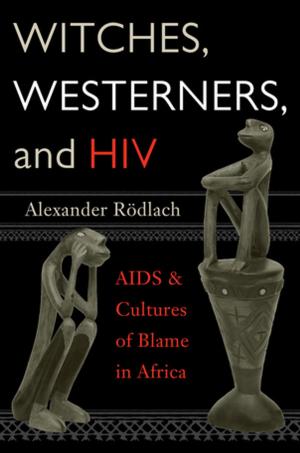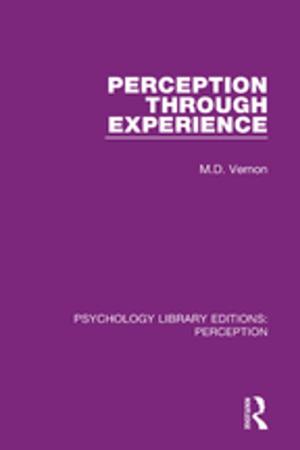Quantitative and Qualitative Methods in Psychotherapy Research
Nonfiction, Health & Well Being, Psychology, Statistics, Psychotherapy, Mental Health| Author: | ISBN: | 9781136733857 | |
| Publisher: | Taylor and Francis | Publication: | January 3, 2014 |
| Imprint: | Routledge | Language: | English |
| Author: | |
| ISBN: | 9781136733857 |
| Publisher: | Taylor and Francis |
| Publication: | January 3, 2014 |
| Imprint: | Routledge |
| Language: | English |
In this collection, international contributors come together to discuss how qualitative and quantitative methods can be used in psychotherapy research. The book considers the advantages and disadvantages of each approach, and recognises how each method can enhance our understanding of psychotherapy.
Divided into two parts, the book begins with an examination of quantitative research and discusses how we can transfer observations into numbers and statistical findings. Chapters on quantitative methods cover the development of new findings and the improvement of existing findings, identifying and analysing change, and using meta-analysis.
The second half of the book comprises chapters considering how qualitative and mixed methods can be used in psychotherapy research. Chapters on qualitative and mixed methods identify various ways to strengthen the trustworthiness of qualitative findings via rigorous data collection and analysis techniques. Adapted from a special issue of Psychotherapy Research, this volume will be key reading for researchers, academics, and professionals who want a greater understanding of how a particular area of research methods can be used in psychotherapy.
In this collection, international contributors come together to discuss how qualitative and quantitative methods can be used in psychotherapy research. The book considers the advantages and disadvantages of each approach, and recognises how each method can enhance our understanding of psychotherapy.
Divided into two parts, the book begins with an examination of quantitative research and discusses how we can transfer observations into numbers and statistical findings. Chapters on quantitative methods cover the development of new findings and the improvement of existing findings, identifying and analysing change, and using meta-analysis.
The second half of the book comprises chapters considering how qualitative and mixed methods can be used in psychotherapy research. Chapters on qualitative and mixed methods identify various ways to strengthen the trustworthiness of qualitative findings via rigorous data collection and analysis techniques. Adapted from a special issue of Psychotherapy Research, this volume will be key reading for researchers, academics, and professionals who want a greater understanding of how a particular area of research methods can be used in psychotherapy.















